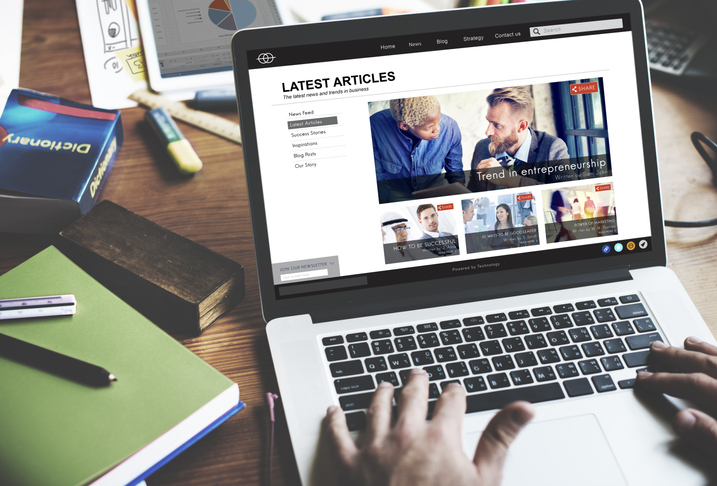How to Write Headlines: 10 Strategies and Tips


Quick Navigation
An article’s headline is often what entices a reader to click on the link that leads to the full article. However, while you want your headlines to be catchy and click-worthy, they also need to help your content rank on search engine results pages and maximize your SEO, so readers have a chance of finding them on the internet. Use these 10 tips to help you learn how to write headlines.
Keywords are an absolutely vital component of headline writing. Not only do keywords help potential readers know what the article they’re clicking on is about, but keywords help your content rank on search engine results pages, or SERPs. Ensure your headline has a high-ranking keyword within it.
When trying to come up with a headline, make a list of multiple headlines rather than focusing on creating the best possible headline on the first try. Brainstorming often opens up your creativity and allows you to conceive new and interesting options. You can take your list of potential headlines to colleagues for input or use elements of multiple headline ideas to create the best possible headline for your content.
Your headlines don’t all need to be the same length or follow the same pattern. Try out longer, more descriptive headlines and short, succinct headlines. See which attract the most attention from users to help you make data-driven headline choices in the future.
If you’re having trouble coming up with a strong headline, consider pulling a quote from your article. Quotes, especially if they’re from someone famous, can help build interest in your article and entice people to click. Keep the quote in single quotation marks if it’s a headline rather than double quotation marks to abide by AP style guidelines.
Add a statistic or number to your headline. Many people trust statistics and data, so including facts and figures can entice them to click to learn more about the data claim. Statistics, in particular, are especially enticing for readers, as they likely refer to a study or other formal research that’s trustworthy.
Ask a question in the headline. The reader might be asking themselves the same query, which will motivate them to click the link and find the answer. Ensure you provide an answer to the question you pose early on in the article so the reader doesn’t become frustrated and feel tricked into reading something unrelated to the article’s title if you use this headline strategy.
Address the reader directly in the headline. Many writers use first person “I” language or third person “they” language in their headline writing. Second person is less common, so using it will not only look novel to the reader, but the headline itself will feel far more personal.
Write headlines that create a sense of urgency. Readers won’t want to miss out on breaking news or a trending tip. Appeal to the reader’s fear of missing out on something big by creating a headline that assures them they’ll be privy to useful information if they click the link and read the attached content.
Write your headlines in the present tense. You want your readers to feel like they’re getting relevant information and updates right this minute, and the use of present tense helps establish that feeling.
Consider doing formal and informal testing on your headlines to see which are best received. You can informally test headlines by presenting a couple of options to colleagues or friends to see which one they’d click on. You can also run formal A/B testing by posting the content under two separate headlines for a limited audience to see which one gets more engagement before a broad release of the article.
It’s great to consider the best practices for writing a strong headline, but it’s also important to know and avoid common mistakes. Keep your headlines free of these typical errors:
Your headline should communicate a clear benefit to the reader. It doesn’t have to be something enormous, but ensure potential readers have a good reason to click on the headline.
Beyond providing a benefit, the headline should engage the potential reader’s curiosity. Try to grab their sense of intrigue with a headline that gives a hint of information but leaves them wanting more.
Headlines that lack specificity don’t often get clicks. Vagueness doesn’t appeal to people’s senses of curiosity and interest. Be as specific as you can by providing statistics, locations, or names relevant to the article.
While it can be tempting to stuff a headline full of keywords, statistics, quotes, and other information, too much specificity can also have a negative impact. Choose the information you want to include in the headline carefully and ensure it’s not overly complicated or confusing.
You can have an intriguing headline that provides the perfect level of detail, but if it doesn’t entice the reader to click immediately, there’s little chance they’ll return to it later. Ensure your headline has an element of urgency to it.
Writing a compelling and SEO-driven headline can have a positive impact on the number of people that click on the headline, engage with your content, and hopefully convert to customers. Take the time to consider the specific words you select for your headline to ensure you’re making the most of the resource and think about enlisting the help of a digital marketing expert to help you reach your goals.